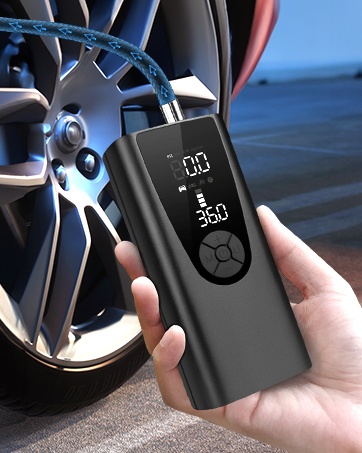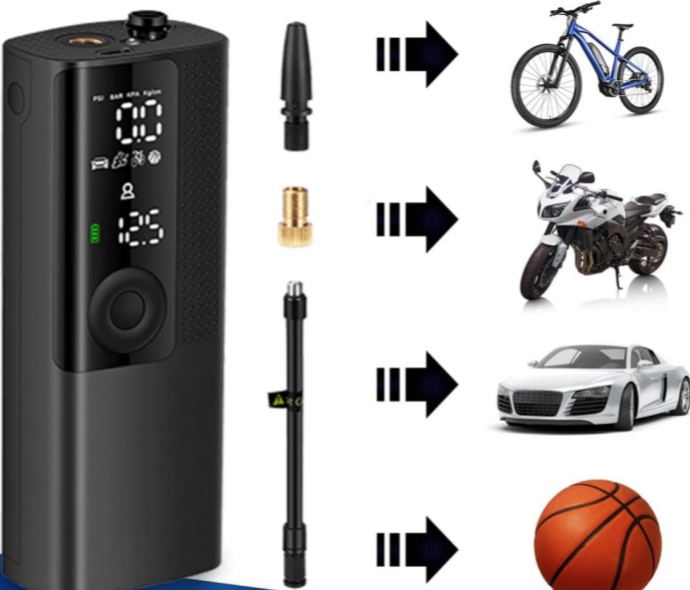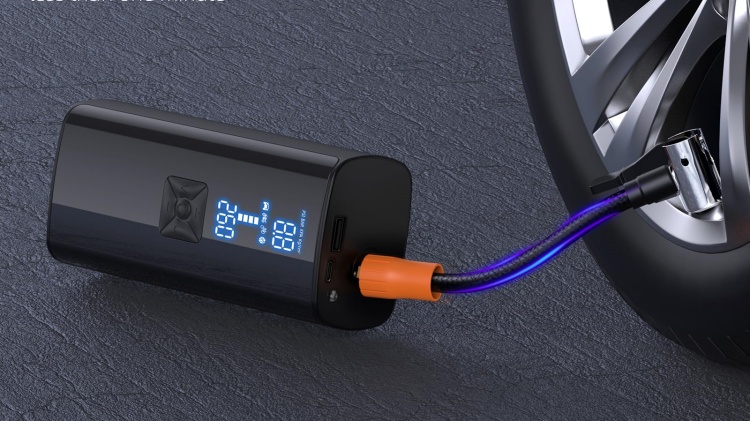
Demystifying Electric Air Pumps: How They Work and Why Every Car Owner Needs One
Electric air pumps provide a quick and convenient way to inflate your car’s tires from home. But how exactly do these ubiquitous devices work their

Getting a flat tire is every driver’s nightmare. Having a reliable air pump can get you back on the road quickly when your tires are low on pressure.
But should you choose an electric or manual pump? This article compares the pros and cons of each to help you decide which is best for your needs.

An air pump, also called an air compressor, is a device used to inflate tires by pumping air into them through the tire valve stem. There are two main types:
Electric Air Pumps utilize an electric motor to power a piston mechanism that compresses air in a chamber and forces it into the tire when needed.
Manual Air Pumps rely on physical human effort to operate a piston or lever that compresses and pushes air into the tire as you pump vigorously by hand or foot.
Here are some important considerations when choosing between electric and manual tire pumps:
| Features | Electric Air Pump | Manual Air Pump |
| Inflation Speed | Very fast < 5 minutes | Slow 15-30+ minutes |
| Max Pressure | High PSI for all tires | Low PSI limits |
| Operation | Flip switch and it inflates | Physically pump by hand/foot |
| Convenience | Effortless inflation | Tiring manual pumping |
| Portability | Heavier but portable options exist | Extremely light and compact |
| Accuracy | Built-in pressure gauge | No gauge, needs separate tire gauge |
| Durability | Lasts for years if maintained | Prone to wear over time |
| Cost | Affordable $40 – $200 | Very cheap < $20 |
| Maintenance | Regular – filters, oil, parts | Little required |

Lightweight and compact
Simple and durable
Extremely affordable
Use anywhere
No maintenance

Here are typical scenarios where electric and manual pumps are most useful:
Always adhere to these safety precautions whenever inflating your tires:

To keep your electric air compressor operating properly for years:
Performing consistent maintenance keeps an electric air compressor running like new for many years. Always refer to the owner’s manual for model-specific maintenance procedures and intervals recommended by the manufacturer.
Having the right air pump can turn a flat tire from a nightmare to a minor inconvenience. Compare the unique benefits and limitations of both electric and manual tire inflators, and decide which is best suited for your particular inflation needs.
With the right pump in hand, you’ll be prepared to quickly reinflate tires and get back on the road. Stay safe and enjoy the confidence of roadside peace of mind.


Electric air pumps provide a quick and convenient way to inflate your car’s tires from home. But how exactly do these ubiquitous devices work their

Inflating your tires is easier than ever thanks to electric air pumps. This beginner’s guide will teach you the basics of choosing and using an

An electric air compressor is a major investment designed to provide years of reliable service. But the pump will only last if properly cared for

Having properly inflated tires is essential for safe driving and increased fuel economy. An electric air pump allows you to easily inflate and maintain your

Electric air pumps provide a quick and convenient way to inflate your car’s tires from home. But how exactly do these ubiquitous devices work their

Inflating your tires is easier than ever thanks to electric air pumps. This beginner’s guide will teach you the basics of choosing and using an

Getting a flat tire is every driver’s nightmare. Having a reliable air pump can get you back on the road quickly when your tires are

An electric air compressor is a major investment designed to provide years of reliable service. But the pump will only last if properly cared for
Copyright © 2024 carelectricairpump. All Rights Reserved.